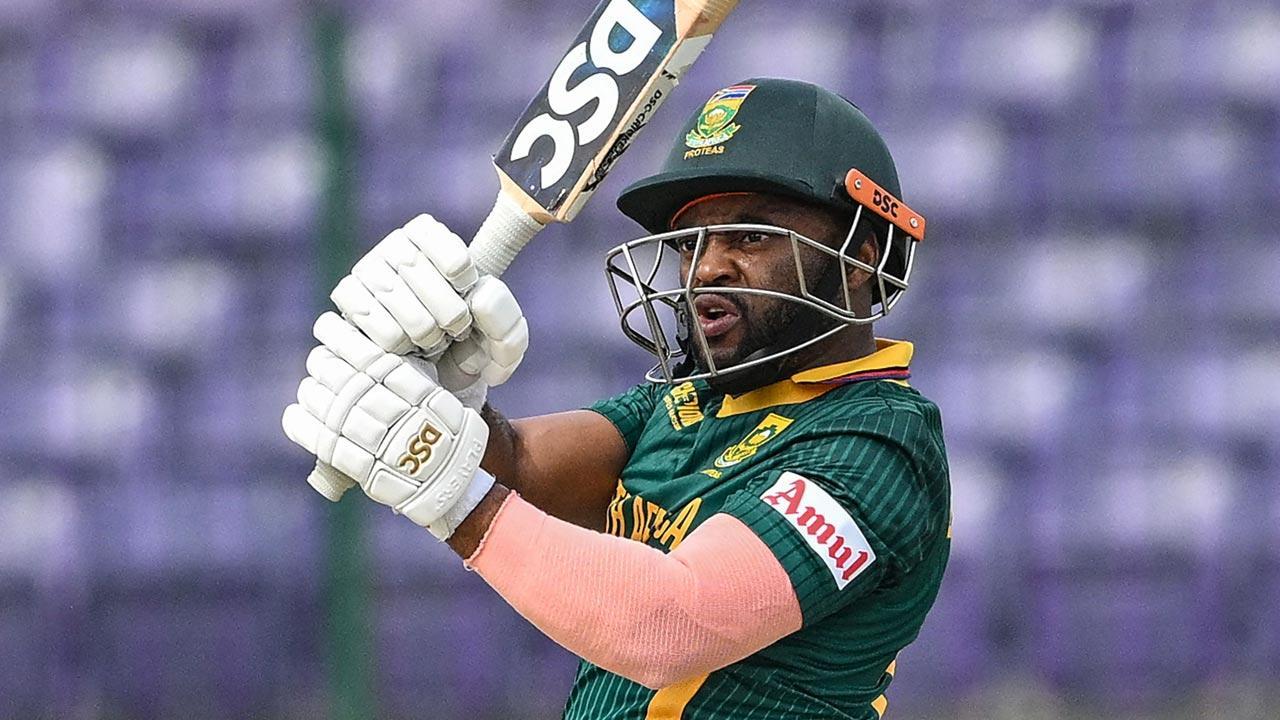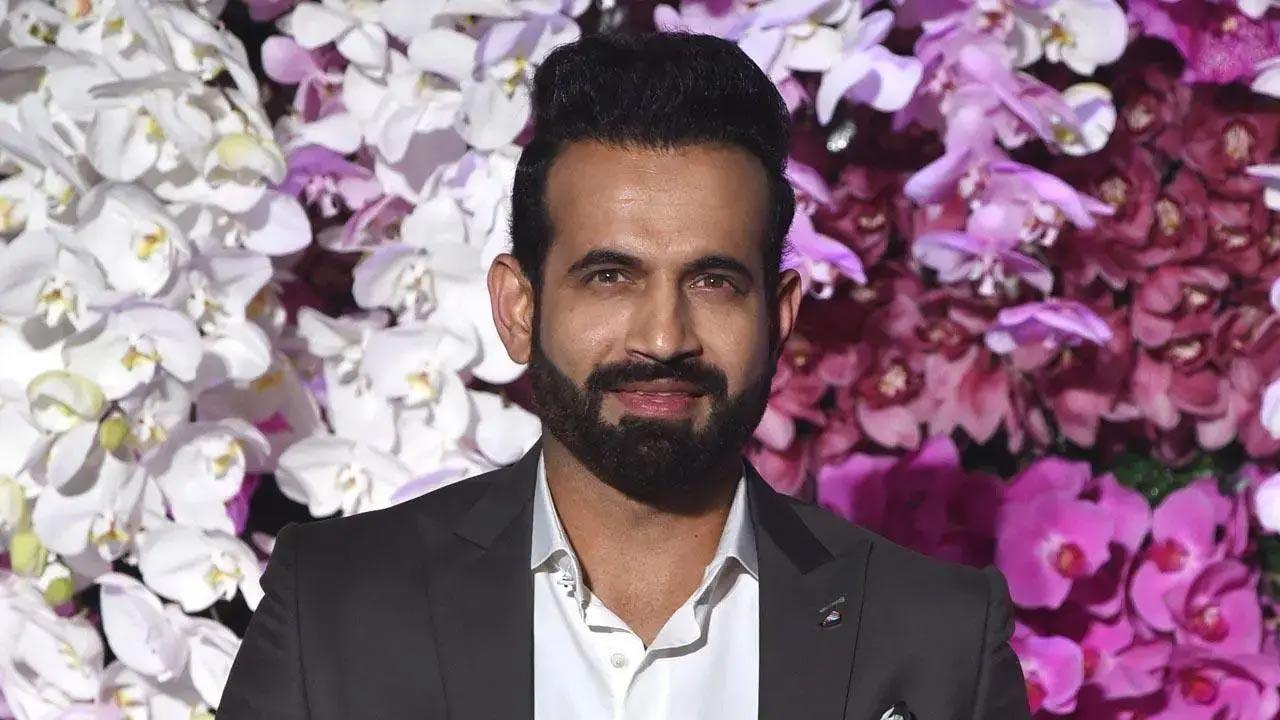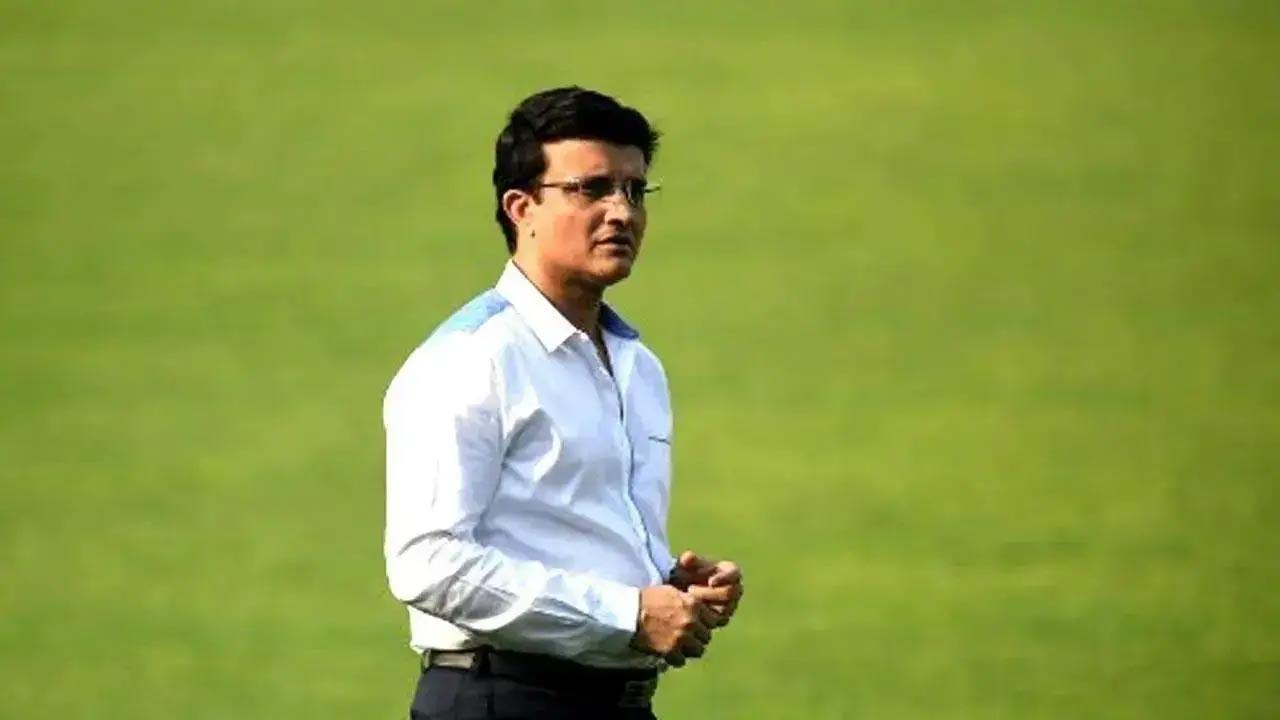
SCOTTSDALE, Az. — Babe Ruth in the 1932 World Series it wasn’t. But in his second bullpen session for the San Francisco Giants, Justin Verlander made quite an impression.
“He called the shot basically on every pitch,” Giants manager Bob Melvin said. This one’s going to be 94, Melvin recalled Verlander saying before one fastball, referring to his velocity. This one’s going to be 17 vert, he said before another, referring to his induced vertical break , or how many inches the pitch moves upward from a point of zero, removing gravity from the equation.

Advertisement “I think he was at 93 or something, which already is impressive (early in the spring),” Giants right-hander Logan Webb said. “He was like, ‘If I don’t hit 94, I’m walking home.’ I think his next one was 94.
9.” Verlander, who turned 42 on Thursday, developed a keener sense for his velocity on individual pitches while rehabilitating from his Tommy John surgery, which took place in September 2020. And now that he has recovered from the neck and shoulder trouble that plagued him last season, he is again feeling frisky.
When Buster Posey, the Giants’ new president of baseball operations, recruited Verlander as a free agent, the future Hall of Famer recalled him saying, “I’m not bringing you in to be a mentor. I wouldn’t sign you if that’s all I thought you had left. I want you to be great again, and I think you can.
” Verlander, a three-time Cy Young winner, former MVP and Rookie of the Year, seems to think so, too. Throwing live batting practice for the first time on Wednesday, he faced shortstop Willy Adames, the $182 million free agent who was the talk of camp after hitting three home runs in the first two days of live sessions. After Adames took one good curveball, Verlander remarked, “Oh, I thought I had you there,” figuring Adames might chase.
After Adames tapped another pitch foul, Verlander shouted, “Stay in there!” wanting to throw another pitch to see if he could induce a swing-and-miss. Those are not the reactions of a pitcher who is merely trying to return to form in the twilight of his career. Those are the words of a pitcher who is 38 wins short of 300 and striving for that milestone.
In an interview for Fox Sports earlier this week, I asked Verlander, “If at the start of your career I had told you that you’ll be pitching at 42, what would you have said?” Verlander replied, “Almost to 45.” Advertisement Was that the goal, 45? “I always said I never wanted to put a number on it, but 45 has been kind of the idea that I’ve had,” Verlander said. “Nolan (Ryan) was my idol growing up.
He was able to pitch until 46. It wasn’t a particular goal, but it was something that I felt like I had the capability of doing.” In his early years with the Detroit Tigers, Verlander recalls speaking with teammate Kenny Rogers, who pitched until he was 43.
Rogers predicted that Verlander, too, might enjoy a long career, reasoning that the younger pitcher threw so hard, he could still be effective even after he lost velocity. Pitching in the mid-90 mph range, Rogers said, would be good enough. Nearly two decades later, there’s just one problem.
“I didn’t know that the average major league velocity would be up to 94,” Verlander said, smiling. Verlander said he monitored his velocity all offseason, predicting his mph on each pitch as a fun practice. He always builds up slowly, but as pitchers recover from Tommy John surgery, every one of their throws is measured by a radar gun.
So during his rehab, Verlander instinctively came to understand the effort level required to throw 83, 83.5, 84, right up the ladder. And how can he predict the “vert,” or induced vertical break, once a pitch is thrown? “Just from feeling the way it comes out of my hand,” Verlander said.
“Sometimes you see it flat, sometimes you see it really take off.” The tangible value of a pitcher intuitively knowing his velocity or induced vertical break on an individual pitch is minimal, Verlander said. Melvin, though, wants pitchers to understand how they are throwing without needing statistical confirmation.
“What we’re trying to get our guys to do is create some instincts and some knowing of yourself and who you are,” Melvin said. “Don’t go back and look at the numbers, have an idea in your mind what that’s going to look like, so you can learn yourself. We’ve been trying to preach this for a couple of years.
” Advertisement With Verlander, who signed a one-year, $15 million contract, the Giants acquired a master of his craft, a role model for young pitchers everywhere. Posey said he indeed focused on Verlander more as a pitcher than the mentor, explaining, “If he does go out and be great, he’s going to be a mentor whether he realizes it or not.” But Verlander also recalled Posey saying, “We have some young guys that I also want to just be around you and pick up stuff by osmosis.
” Three years ago, upon returning from his Tommy John, Verlander began engaging more with his teammates , saying his daughter Genevieve, now 6, “cracked me wide open.” He acknowledges he is a better communicator now than he was earlier in his career, and he watches the Giants’ young pitchers throw just as they watch him. Catcher Patrick Bailey, 25, took immediate note of Verlander’s savvy, developed over 20 years, 563 starts and more than 3,600 innings, including postseason.
“The thing that stood out to me the most is how quick he makes adjustments,” Bailey said. “If you’re going glove-side heater, I swear 8 to 10 of ’em are over there. But as soon as he misses arm-side, on the next pitch he makes the adjustment he needs to make.
” And so here Verlander is again, the No. 2 overall pick in the 2004 draft , readying for another season. The question he asks himself is not, “How long can I keep going?” It’s “How good can I still be?” “Like I tell my daughter, I’ve been training my whole life to run this marathon,” Verlander said.
“I’ve been a baseball player since I was 5 years old. I’m in the middle of running the marathon. I know that I’m towards the end.
I’m not quitting now.” (Top photo of Justin Verlander: Suzanna Mitchell/San Francisco Giants/Getty Images).















